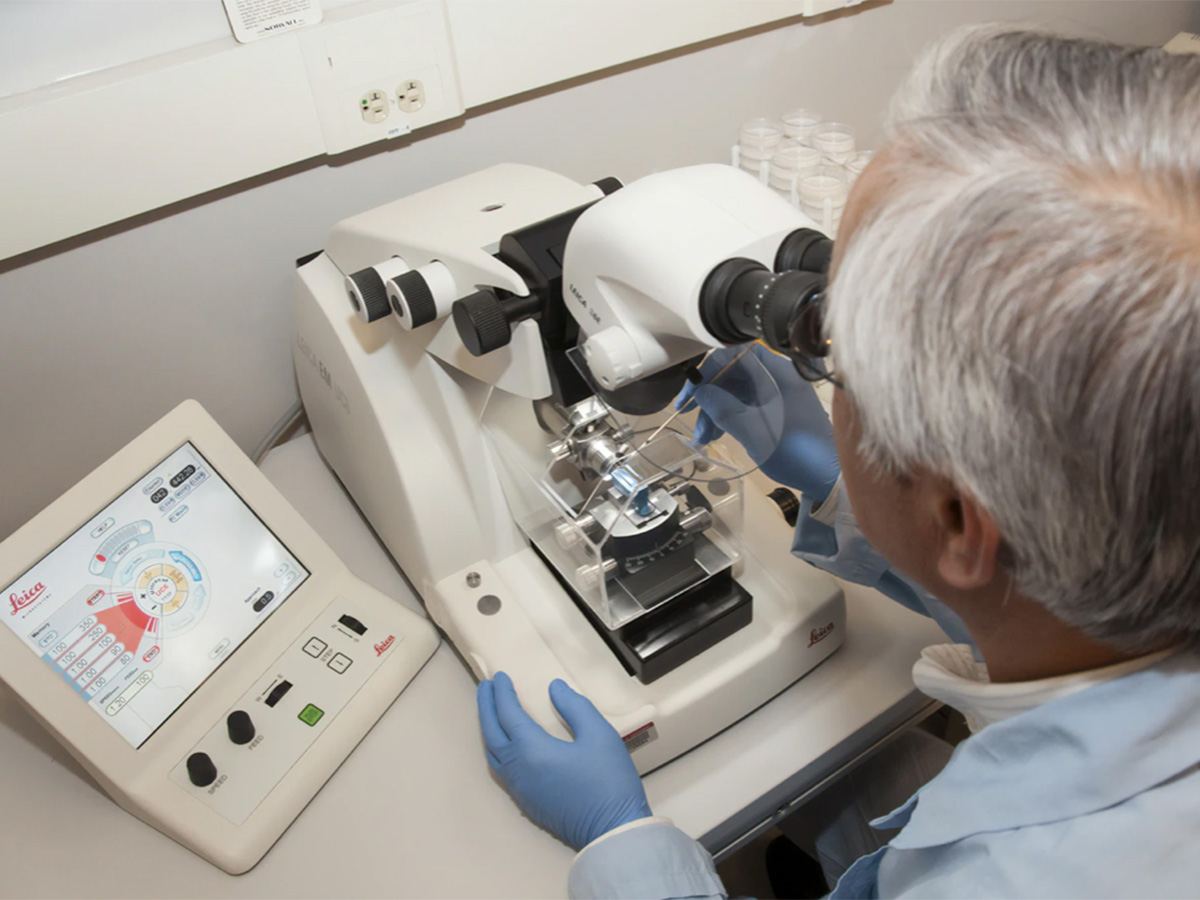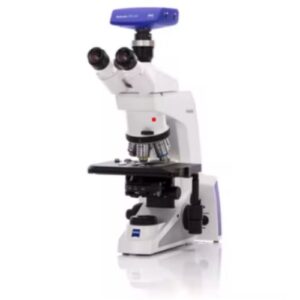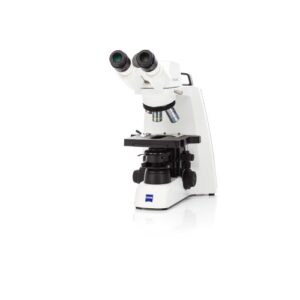Source: Unsplash
If you’re new to the world of microscopy, you may still be getting used to the terminology. When you hear “microscope”, what kind of microscope do you think about? A typical, old-fashioned kind with a small lens and large light source? Or one that allows for more modern technologies like digital imaging, 3D imaging, or laser scanning? There’s a wide variety of microscopes in the world, each with their own uses. Below is an overview of the basic types of microscopes you’ll likely encounter.
Inverted Microscopes
Inverted microscopes are the most common type of microscopes. They have a light source below the specimen, and an objective above the specimen. Inverted microscopes come in a variety of magnification levels, typically from about 10x to 40x. Most of these microscopes require the user to look directly into the eyepiece to view the specimens, although this can be done digitally.
A common example of an inverted microscope is the standard microscope you would find in a science lab. These microscopes are generally made of less expensive materials, and are mounted to a stand that allows the light source to be below the lens. You would likely find an inverted microscope in a school classroom.
Stereoscopic Microscopes
Stereoscopic microscopes are a bit more advanced than their inverted counterparts and allow you to see an image in 3D. These microscopes use a pair of lenses and mirrors that create a stereo pair of images. A common example of a stereoscopic microscope is the one you would find in a high school science lab.
Polarizing Microscopes
Polarizing microscopes are conventional microscopes with additional features that permit observation under polarized light. The light source of such an instrument is equipped with a polarizing filter, the polarizer, so that the light it supplies is linearly polarized.
A common example of a polarizing microscope is the one you would find in the office of a dermatologist or cardiologist. These microscopes are a bit more expensive to purchase than your average microscope, but they have more advanced applications. Polarizing microscopes are primarily used to examine the nature of crystals in geologic samples and to analyze the details of birefringence and stress in biological structures.
Metallographic Microscopes
Metallographic microscopes are typically used in metallurgy and materials science. They are used to identify defects in metal surfaces, to determine the crystal grain boundaries in metal alloys, and to study rocks and minerals.
A common example of a metallographic microscope is the one you would find in a laboratory or workplace that performs testing on materials such as rubber, plastic, or metal alloys. Metallographic microscopes can also be used to view opaque objects (such as metals) and also have applications in forensic science and diagnostic microscopy.
Reflecting Microscopes
Reflecting Microscopes are microscopes that use a mirror to redirect the light from the sample to your eyes. This type of microscope was used before the invention of lenses, and is sometimes still used today in conjunction with modern microscopes. They are used to carry out microscopy over a wide range of visible light and especially in the ultraviolet or infrared regions, where conventional optical glasses do not transmit.
Phase-Contrast Microscopes
Phase-contrast microscopes are ideal for viewing transparent specimens. Because there is no color or transmission contrast in transparent specimens, conventional optical microscopes are not able to produce an image. They work by detecting the phase difference between light that is diffracted by a specimen and light that is direct and undeflected.
Confocal Microscopes
Confocal microscopes are hybrid microscopes that use reflection, refraction and interference to achieve a clear image. These microscopes are not polarizing in nature and use the superposition principle to get an image. These microscopes can create 3D images of your samples that are very clear.
A common example of a confocal microscope would be a laboratory where scientists perform research on various cells, tissues or organisms. These microscopes provide researchers with magnified images of their samples under high magnification without any distortion.
Ultraviolet Microscopes
Ultraviolet microscopes are a special type of optical microscope that uses ultraviolet wavelengths. These microscopes are usually polarizing and use reflected light to get an image.
There are two primary advantages that UV microscopy offers. One is improved image resolution and the other is increased contrast enhancement. The resolution of an optical microscope depends on the wavelength of the light source.
That’s a lot of microscopes, and you might be surprised to learn that there are even more! But don’t get intimidated by the variety found within the world of microscopy. Remember that all of these microscope types simply give you a different way to view your samples, and scientists will mostly specialize in one technique or the other. For more information or to speak with a sales representative, please visit our website.




